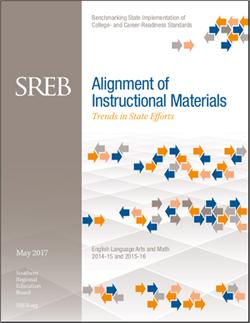Blog: Standards & Accountability
A Path to College and Career
Stepping Stones for States
A thriving economy and a workforce prepared for it will increasingly demand that more adults earn postsecondary credentials. Ensuring that students successfully move from middle grades into high school, then into college or technical education programs, is critical if states hope to boost their adult educational attainment levels.
How Does My State’s New Accountability System Support School Improvement?
To answer this question for stakeholders across the region, SREB’s benchmarking team reviewed Every Student Succeeds Act plans submitted by SREB states in 2017. ESSA, signed into law in 2015, replaced the No Child Left Behind Act of 2001 as the latest reauthorization of the federal Elementary and Secondary Education Act. ESSA maintains some of the basic requirements for state accountability systems from NCLB, while also giving states new flexibility in shaping many aspects of their systems. According to the law, states submitted plans to the U.S.
Heavy Lift
Aligning Classroom Materials to State Standards
SREB report can serve as a guide as work continues
Big changes don’t happen overnight. And when states adopted higher education standards, it was only the first step in a long-term effort to improve schools so all students graduate high school with what they need to be ready for college and careers.
Next came the complex work of implementing the standards. Schools needed textbooks, curricula and lesson plans designed with the new standards in mind. Teachers needed training to shift their classroom strategies to help students meet the readiness standards.





